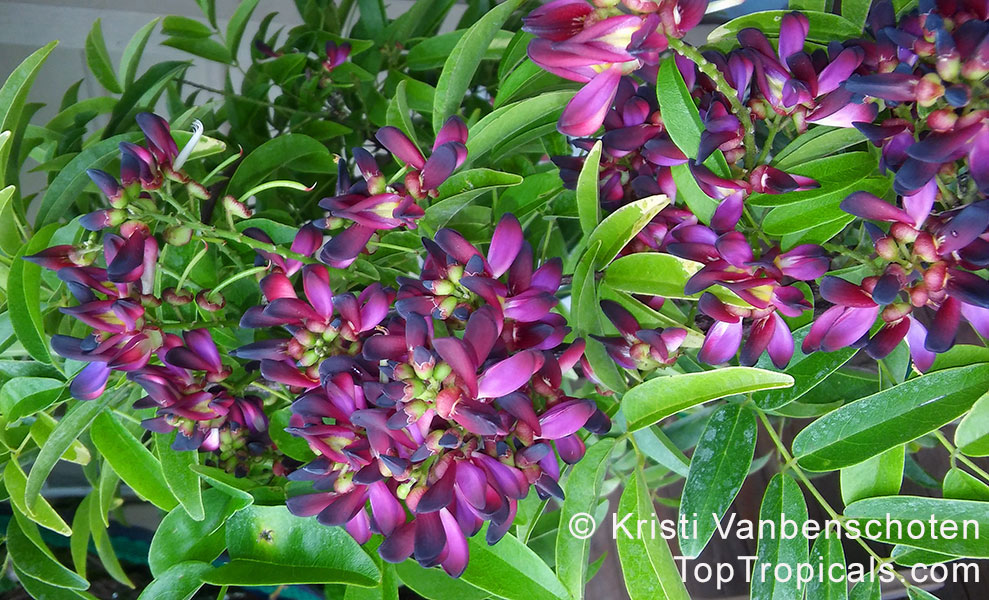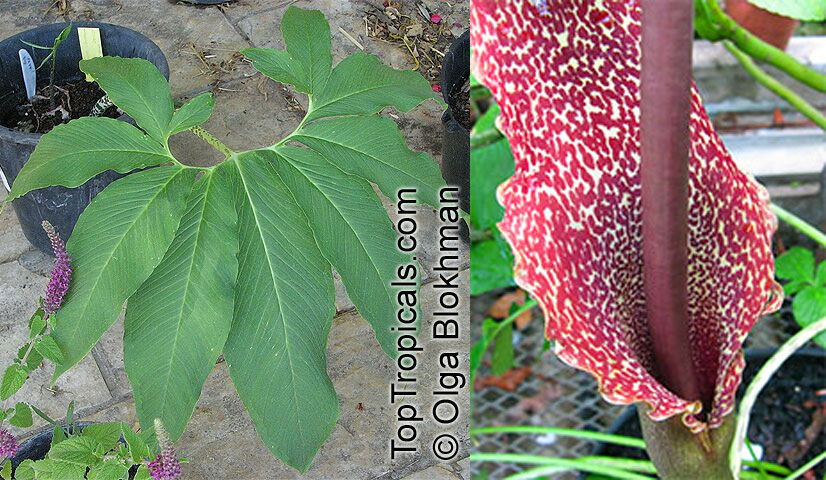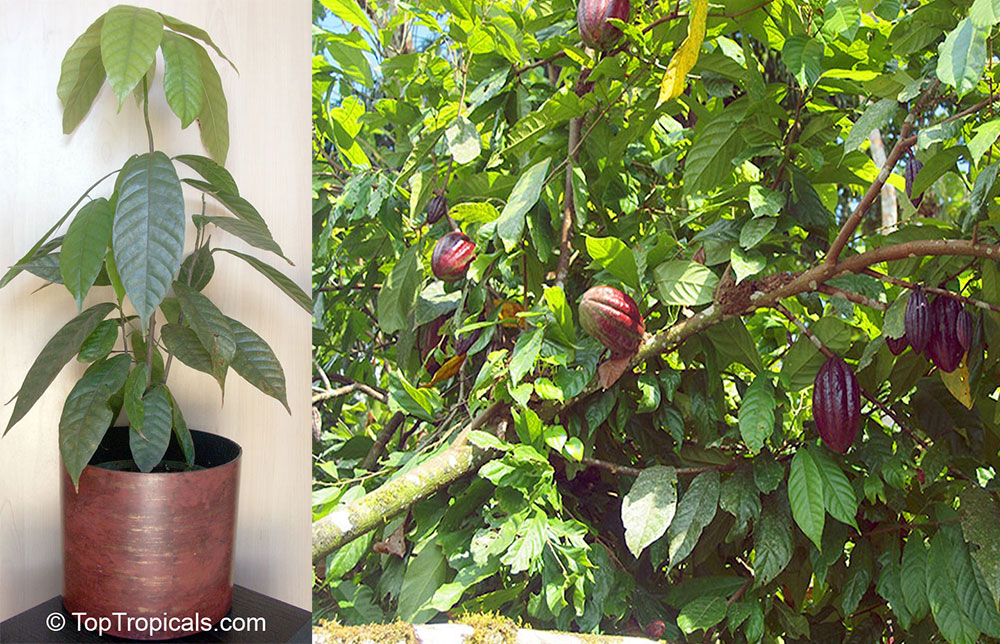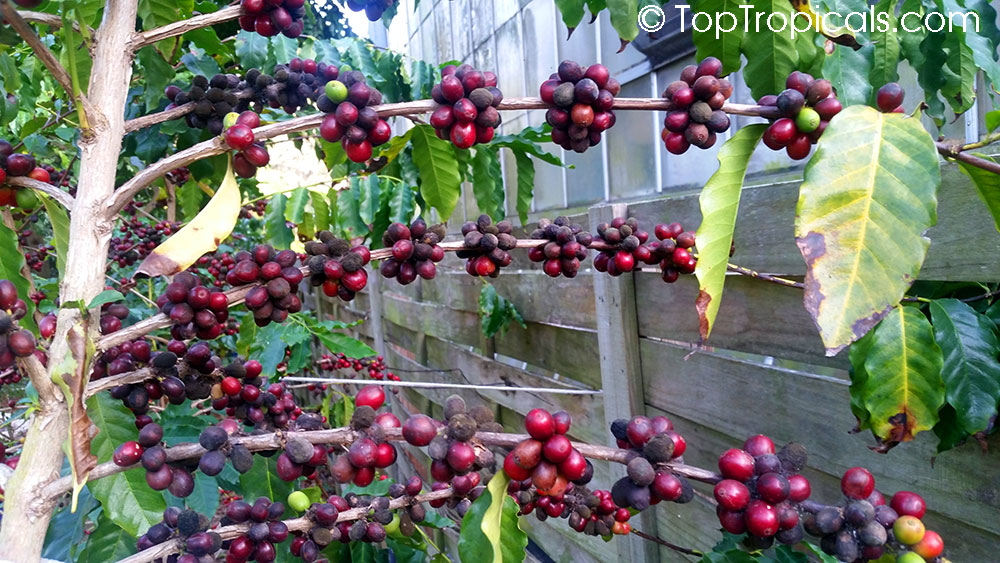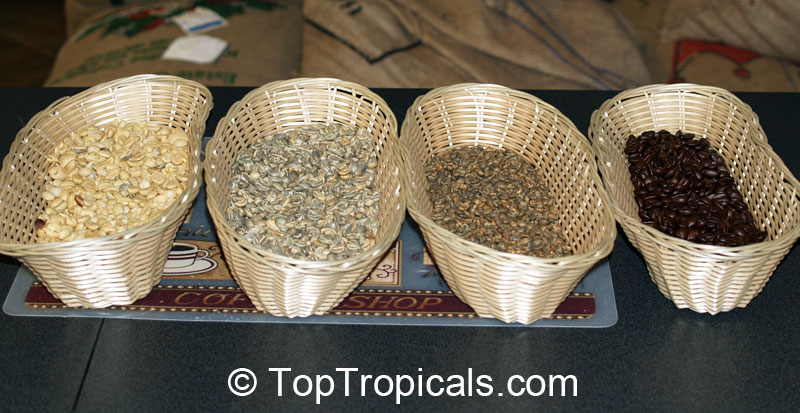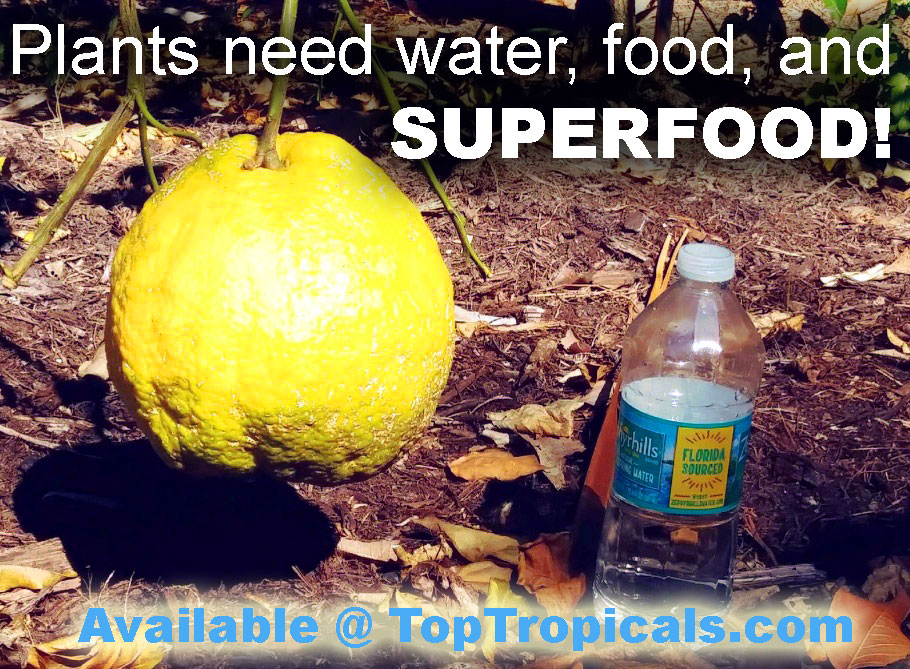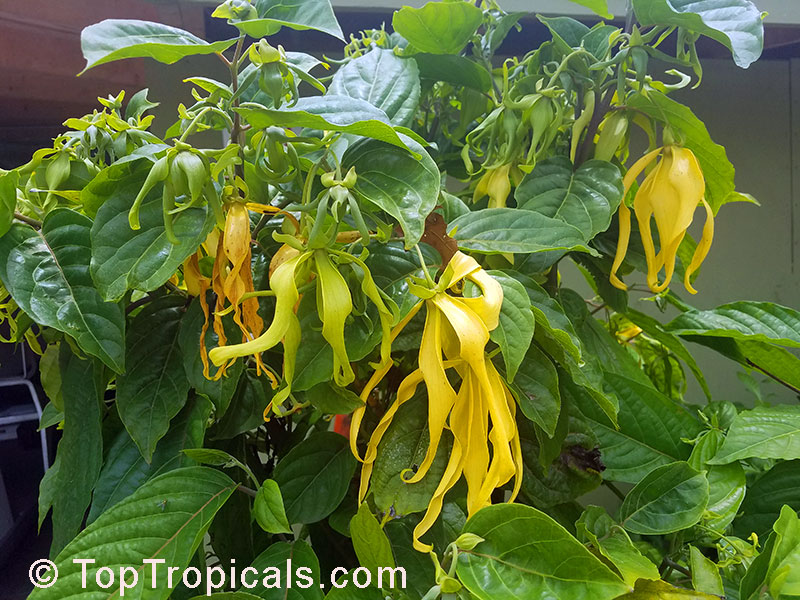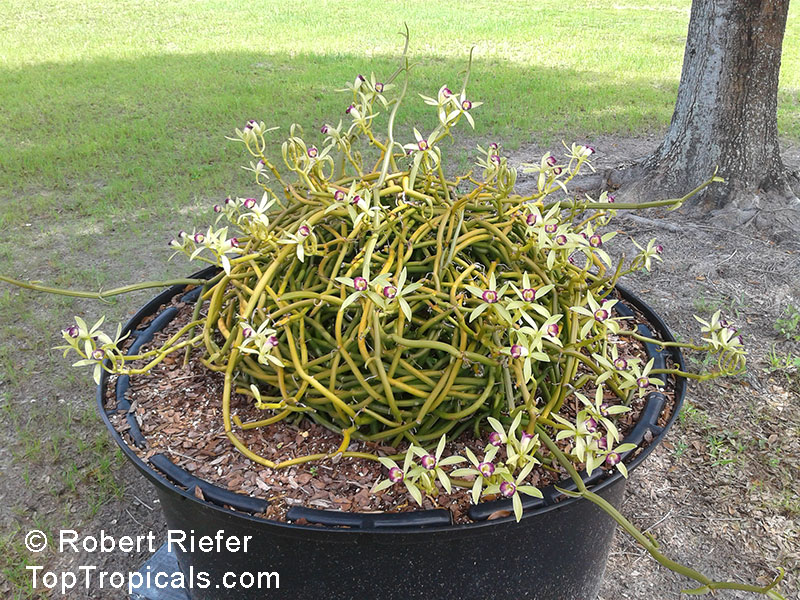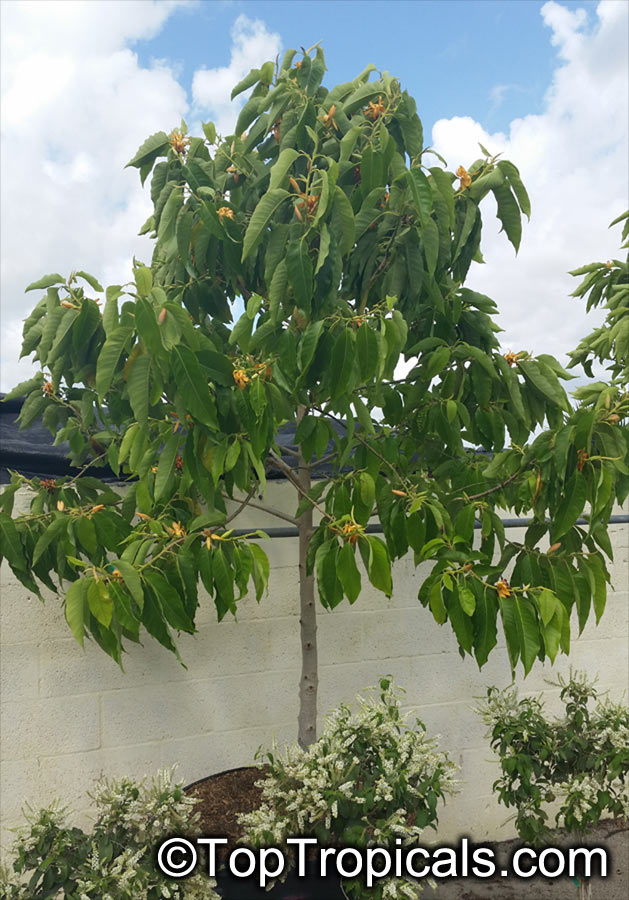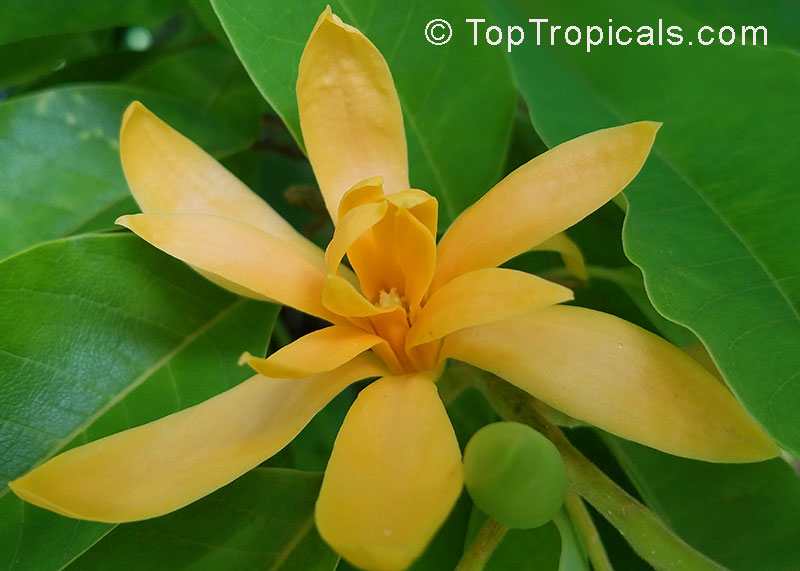Date:
Featured plant. Heliconia rostrata - Lobster Claw
Heliconia rostrata - Lobster Claw
Lobster Claw, Parrot's beak... Tropical flowers never fail to astound and amaze with their forms and colors. Lobster Claw plant (Heliconia rostrata) is no exception, with large, brightly hued bracts that cluster up a stem. It is also called Parrot Beak and has inconsequential tiny flowers covered by the showy bracts. It is native to Central to South America and is one of the most recognized and widely grown species of showy heliconias, and one of the most beautiful! The inflorescence it produces is one of the most colorful you will ever encounter. Pendulous blooms of striking red and yellow bracts often reach 3' in length! The flowers last a long time and make an excellent cut flower. It is an easy grower in tropical areas but some room is required because the stalks can reach 7 feet in height. It can withstand temperatures in the high 20s. Can be grown in large pots, it starts blooming once the plant reaches 4-5' tall and the amazing inflorescences will appear one after another creating a spectacular show to enjoy. Grow in full to partial sun and rich soil with lots of water and fertilizer.

